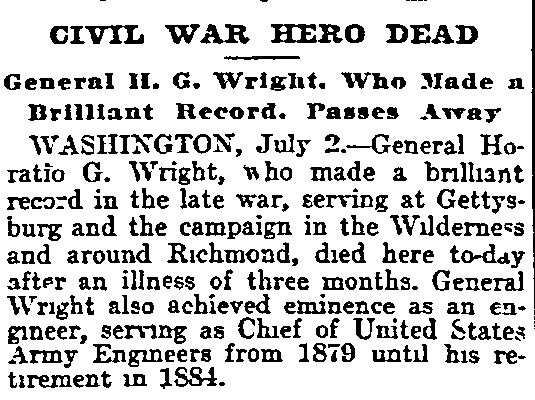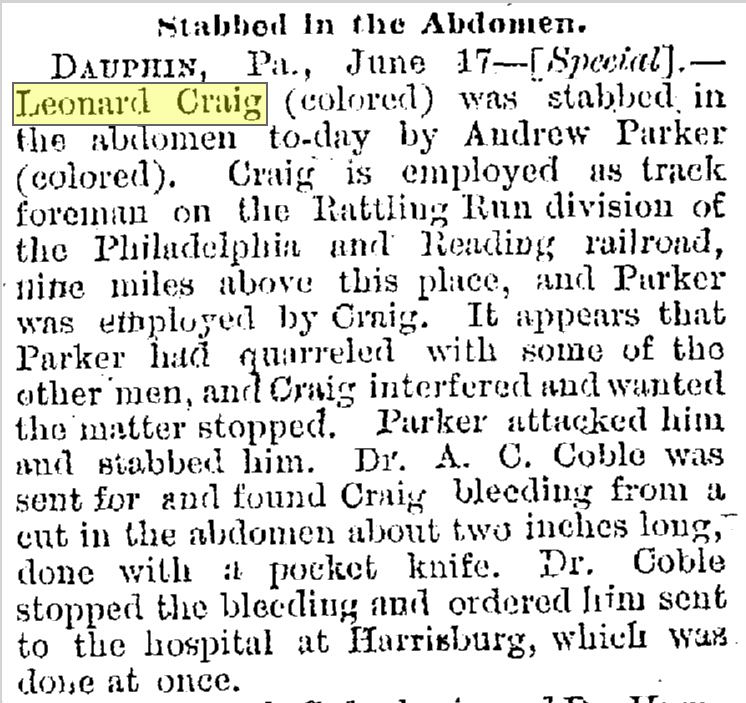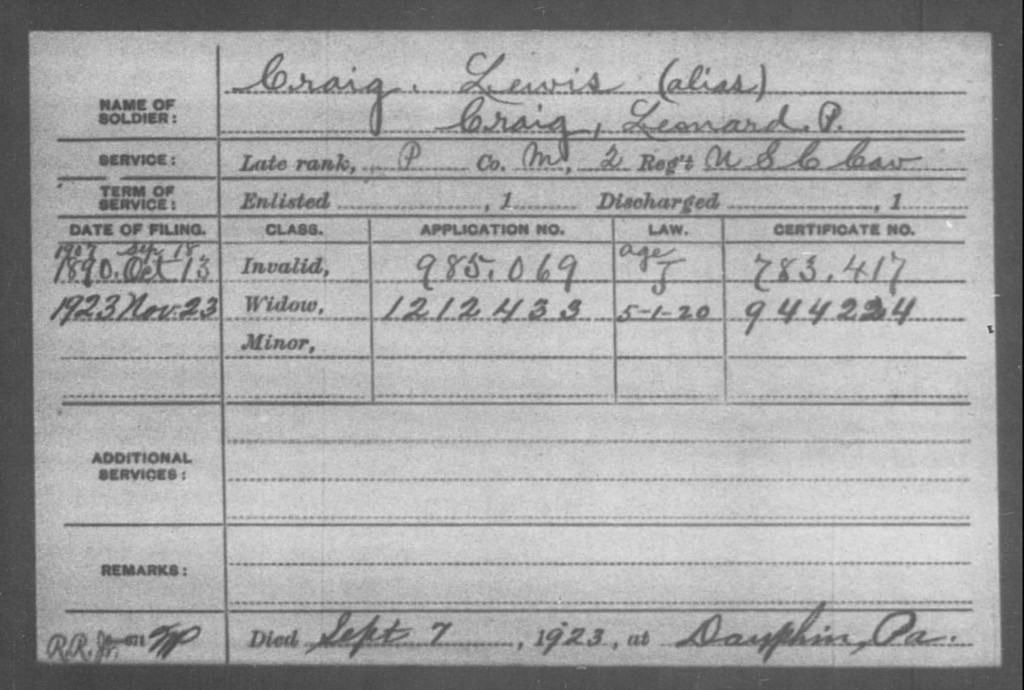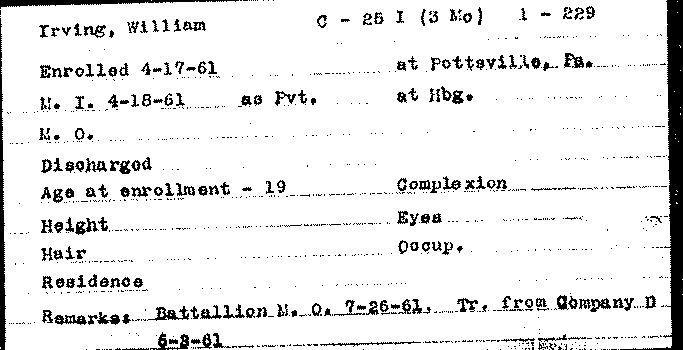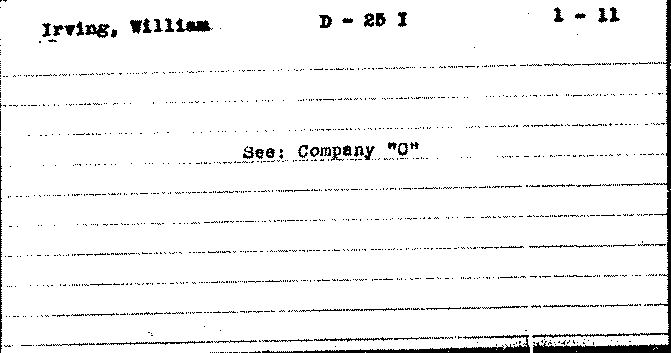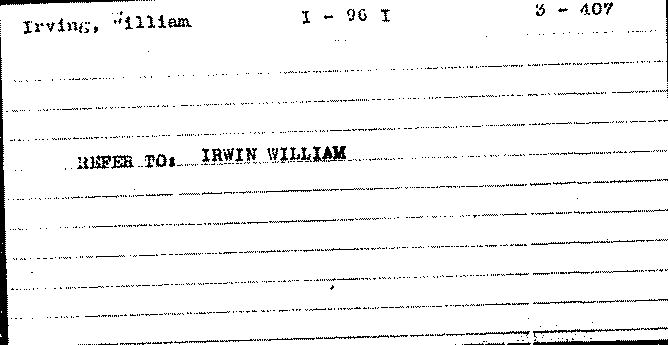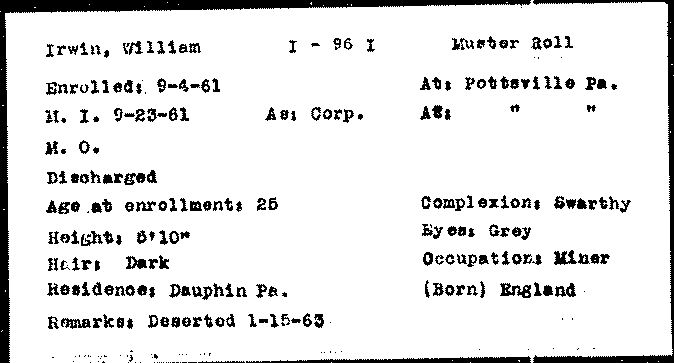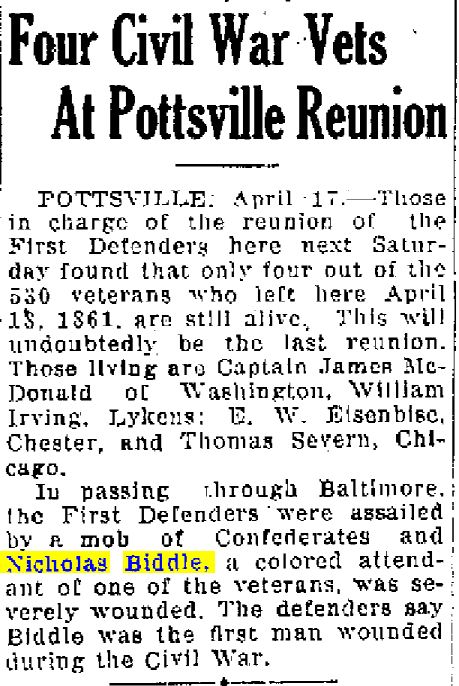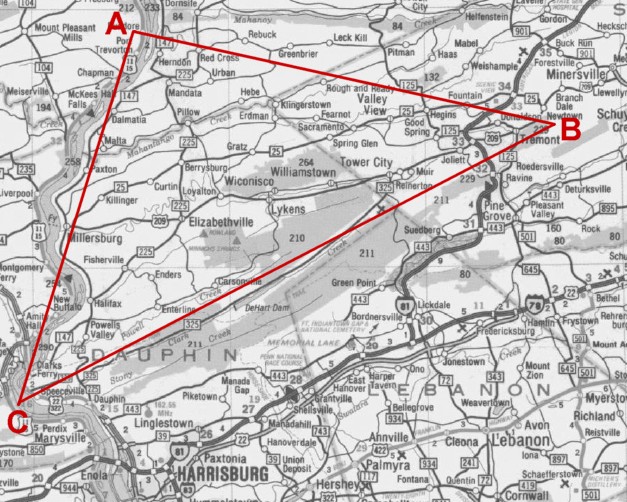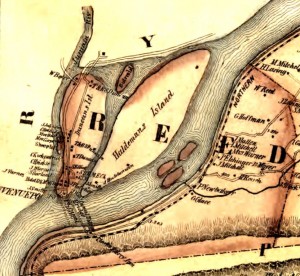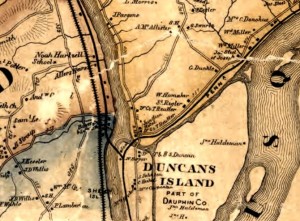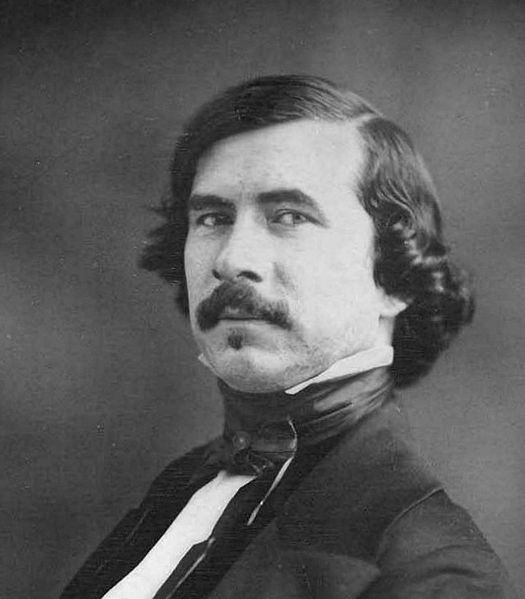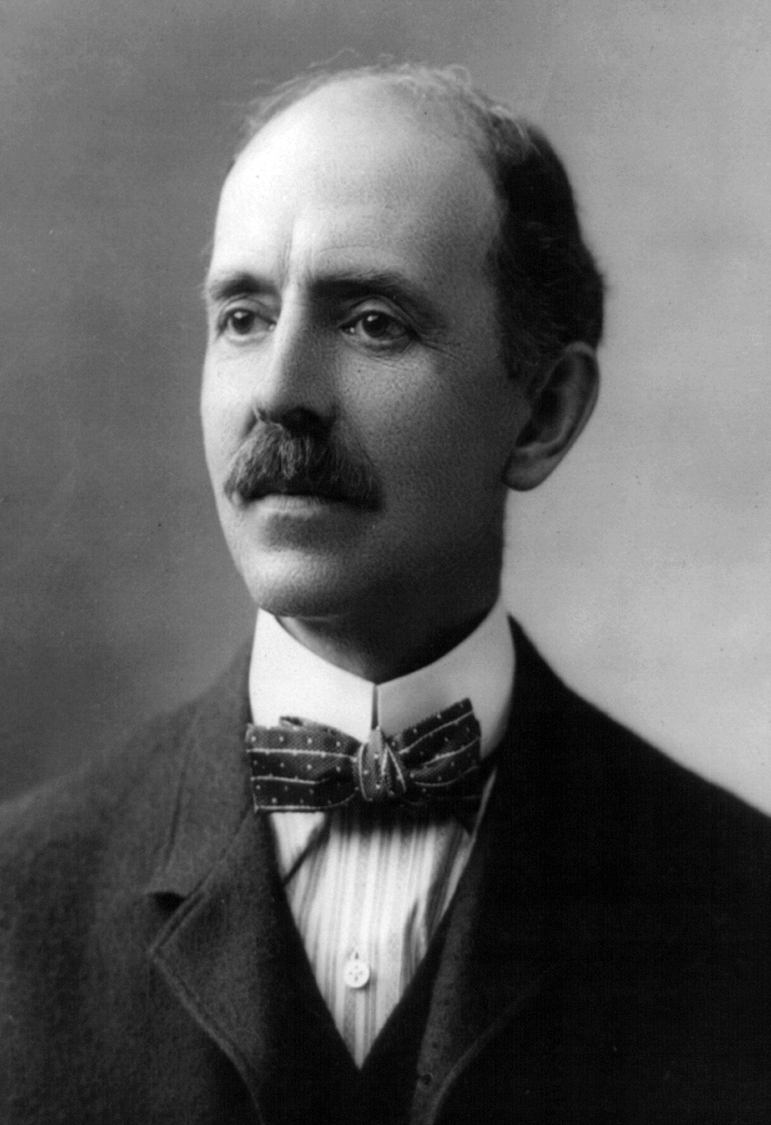Did the Masons of Roman Eagle Lodge “Fix” a Court Martial?
Posted By Norman Gasbarro on April 23, 2013
What was the role of Freemasonry during the Civil War? Were members of Masonic lodges more loyal to Freemasonry than to the nation? In a prior post entitled, A Civil War Masonic Story, Most likely Fiction, a story was presented that was told by the historian of a Masonic Lodge in Virginia which presented the Masons of Danville, Virginia [the Confederacy] in a humanitarian role toward Northern Masons who were wounded in battle and found themselves at the mercy of their Confederate captors. The likelihood of that story being true was placed in great doubt after an analysis of the facts surrounding the characters who were identified in the story – two U.S. Congressmen from New York.
The story below is also from the History of Roman Eagle Lodge No. 122, A. F. and M., Danville, Virginia, 1820-1895, a copy of which was presented by a member of that lodge to a resident of Gratz, who donated the book to the Gratz Historical Society.
In the many petty and foolish complaints of the negro [sic], to Federal officials against his former master, the W. M. through his position in an institution of which so many of their prominent men were members, caused the officers to send for him to give information as to the characters of those presented, and thus saved many from arrest and prosecution. One case is well remembered. One of our citizens was arrested for having shot a Federal soldier. Through the General of Artillery, whom the W. M. had known before he went ot West Point, from this county, he found out the seven members who were to compose the court martial. These he saw personally and explained the case more fully than could have been done on the trial. No lawyer was willing to go before the court in behalf of the prisoner. The W. M. had to appear as such. When the court convened, he saw the seventh man was a narrow-faced partisan, whom no one could ever ask justice or mercy from. The W. M. had witnesses to prove everything which he had stated to the members of the court. When the case was over and the case was six for acquittal, and one – my sour-faced man – for the shooting of the prisoner. The W. M. immediately sought Maj. Gen. Wright, with whom he had become acquainted, having been introduced by a lady of our city whom in earlier days at West Point he had loved and addressed. The General told him that he would look into the matter as soon as he had the official report of the court, and by the new law of Congress in similar cases where one of the members of the court dissented the case would be in his hands, and he might return home satisfied that he he had done for his friend all that he could do. On the next morning the W. M. received notice that the prisoner had been ordered released.
The Major General Wright who was named in the Roman Eagle Lodge history was probably Horatio G. Wright, who took part in the Petersburg and Richmond campaigns.

Horatio G. Wright (1820-1899)
One of the difficulties in assessing the validity of many of the claims of George W. Dame in his history of the Roman Eagle Lodge is the vagueness of the stories he tells. In this case though, it is possible to place Horatio G. Wright at or near Danville, Virginia, if he is the Major General about who Dame is speaking – and it should not be too difficult for an enterprising researcher to find the alleged court martial in the military records – or one that comes close to the description. It also should not be too difficult to research the background of Horatio G. Wright to see if he had Masonic ties.
George W. Dame’s history was published in 1895, four years before the death of Gen. Wright. Wright’s obituary appeared in the Philadelphia Inquirer, July 1899, as follows:
CIVIL WAR HERO DEAD
General H. G. Wright, Who Made a Brilliant Record. Passes Away.
WASHINGTON, 2 July 1899 – General Horatio G. Wright, who made a brilliant record in the late war, serving at Gettysburg and the campaign in the Wilderness and around Richmond, died here to-day after an illness of three months. General Wright also achieved eminence as an engineer, serving as Chief of Unite States Army Engineers from 1879 until his retirement in 1884.
During the last days of the Civil War, Wright commanded the Sixth Army Corps. As an engineer, Wright is credited with supervising the completion of the Washington Monument, which when completed in 1884, was the tallest structure in the world. The construction of the monument had been halted while in progress due to the Civil War.
But, did Gen. Wright release a man who was charged with killing a federal soldier – one who had been tried in a court martial with a majority determining that the the man was guilty and should be put to death – and was that release done at the request of the W. M. of the Roman Eagle Lodge? And, who was the Federal officer who was killed? At this time, those questions cannot be answered. Perhaps a blog reader can provide the story.
For further information on Gen. Wright, see the Findagrave article and the Wikipedia article.
 ;
;
